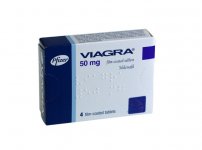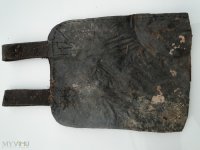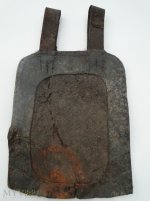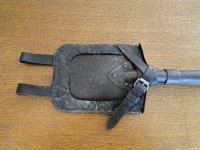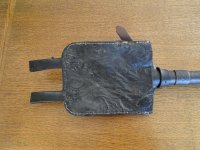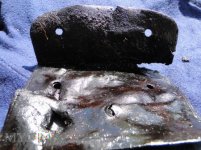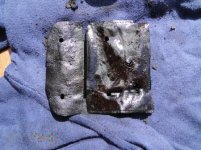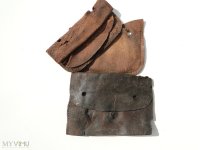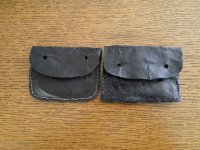We all should be aware of how just how much our helmets have shrunk over the last 100+ years. Here is a reminder using a Grenadier officer helmet I have recently finished'
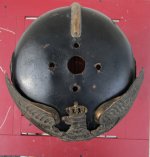
Our helmets shrink/dry out over time largely due to environmental conditions. The leather shrinks, but the metal fittings obviously do not.
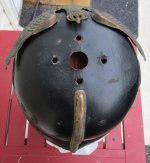
At one time, these wings were tight to the shell. Both visors and the silk liner were re stitched on this piece.

Our helmets shrink/dry out over time largely due to environmental conditions. The leather shrinks, but the metal fittings obviously do not.

At one time, these wings were tight to the shell. Both visors and the silk liner were re stitched on this piece.

